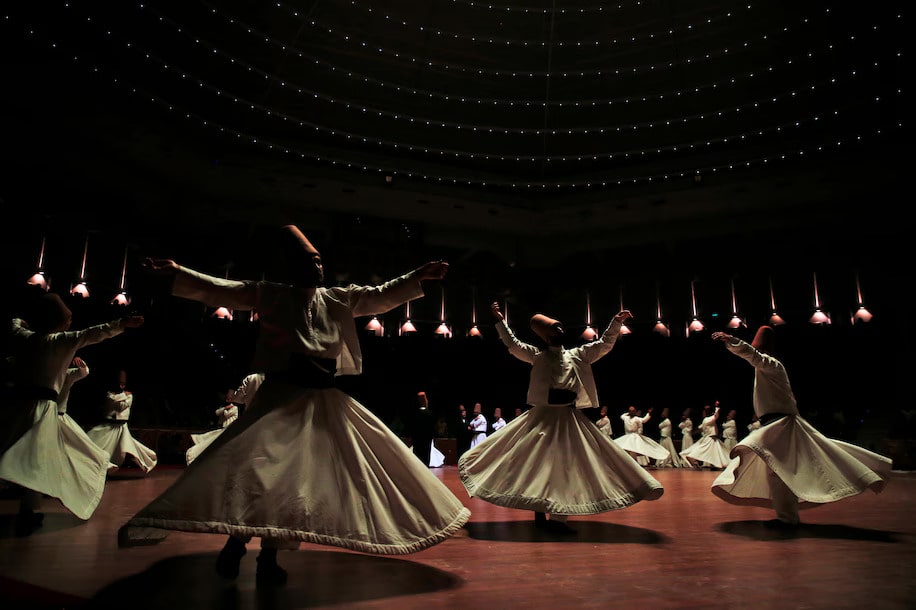
The Galata Mevlevi House had been first founded in 1491 by İskender Pasha, one of the officials of the reigns of Sultan Mehmed the Conqueror. The Mevlevl House, which was expanded with various additions over time and became a complete religious order complex, was built on a part of the hunting farm belonging to İskender Pasha, probably on the ruins of the H. Theodoros Monastery.
It can be assumed that Galata Mevlevi House was also damaged in the earthquake of 1509, which is referred to as “apocalypse-i suğrâ” in Ottoman sources. After the death of the fourth postnisha, Mesnevîhan Mahmud Dede, the house fell into disrepair and was used as a Halvetî lodge for a while and then as a madrasah. At the beginning of the 17th century, Sheikh Sırrı Abdi Dede, who was appointed by the chieftaincy authority in Konya, carried out a major repair in 1608.
The Galata Mevlevîhân was devastated in the great Tophane fire of 1765, and the sultan of the period, Mustafa III, appointed Osman Efendi of Yenişehirli as the building trustee and had it rebuilt. The other renovation, in which important changes were made in the layout of the Mevlevîhân, was the work of Selim III, a Mevlevî follower. After the famous divan poet Sheikh Galib, who was the postnisha of the Mevlevîhân at the time of Selim III's accession to the throne, informed the Sultan that the lodge was in need of repair with a petition attached to his poem “Kasîde-i Tannâne”, Selim III renovated the buildings of the Mevlevîhân in 1791.
Many renovations, repairs and alterations were made to this Dervish House in the 19th century. The first of these was the reconstruction activity carried out in 1819 by Hâlet Efendi, one of the famous statesman figures of Mahmud II's era to his grandson Abdulhamid II’s reign to the 20th century.